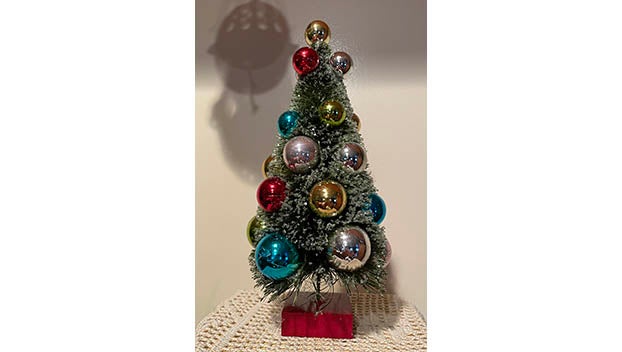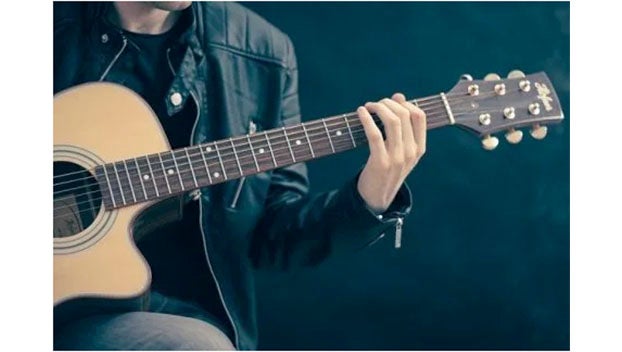The Garden Muse: History of the Bottle Brush Tree
Published 5:04 pm Friday, December 22, 2023
|
Getting your Trinity Audio player ready...
|
Let us talk about the Bottle Brush Tree. Not the popular shrub Callistemon with its beautiful cylindrical brush-like flowers. You know, the miniature funky faux tree whose shape and limbs resemble the bottle brush, a utilitarian tool of time gone by too many. They can be found in many colors and small sizes as well as in a varied assortment of materials used to manufacture them these days. I would bet one or two could be found in your grandparents’ vintage Christmas boxes.
The Bottle Brush tree’s history dates to the early 20th century and is but one step in the evolution of the ‘fake’ or manufactured Christmas tree. In the late 1800’s Germany was experiencing a shortage of live Christmas trees, due to deforestation. Their first creative solution to the problem at hand was to use the feathers from the family Christmas goose, dyed green and wired together to make a tree. The result was a wildly popular and extremely fragile ‘first’ fake Christmas tree.
By the early 1900’s Americans were also experiencing a live Christmas tree shortage due in part to the popularity of the German born custom. Numerous companies began attempting to make Christmas trees that were not only aesthetically pleasing but more durable.
Sometime around 1930 it is believed The Addis Housewares Company created the Bottle Brush Christmas tree (although the company denies the credit.) The story goes that someone followed through with their brilliant idea of creating a Christmas tree with the machines already in use to make toilet brushes.
Amazingly the dyed green toilet brush trees resembled the real trees very closely and the bottle brush tree became incredibly popular.
Over the decades the manufacturing of fake Christmas trees grew and evolved into the life size pre-lit faux trees of modern day.
The popularity of bottle brush trees has varied over the decades, surging in the 1950’s & 60’s when pink, white, and metallic were the sought after colors. Now gaining in popularity once again, with die hard collectors and societies nationwide, they can be found easily, although the authentic vintage ones are harder to come by.
I for one am a fan. Although I do collect the newer ones there is nothing like the feeling of finding a treasure from the past in a box of vintage Christmas decorations.
Dawn Conrad is a Retired Virginia Cooperative Extension Master Gardener, Herbalist, Writer and Artist. She can be contacted at dawn@mygardenmuse.com.





